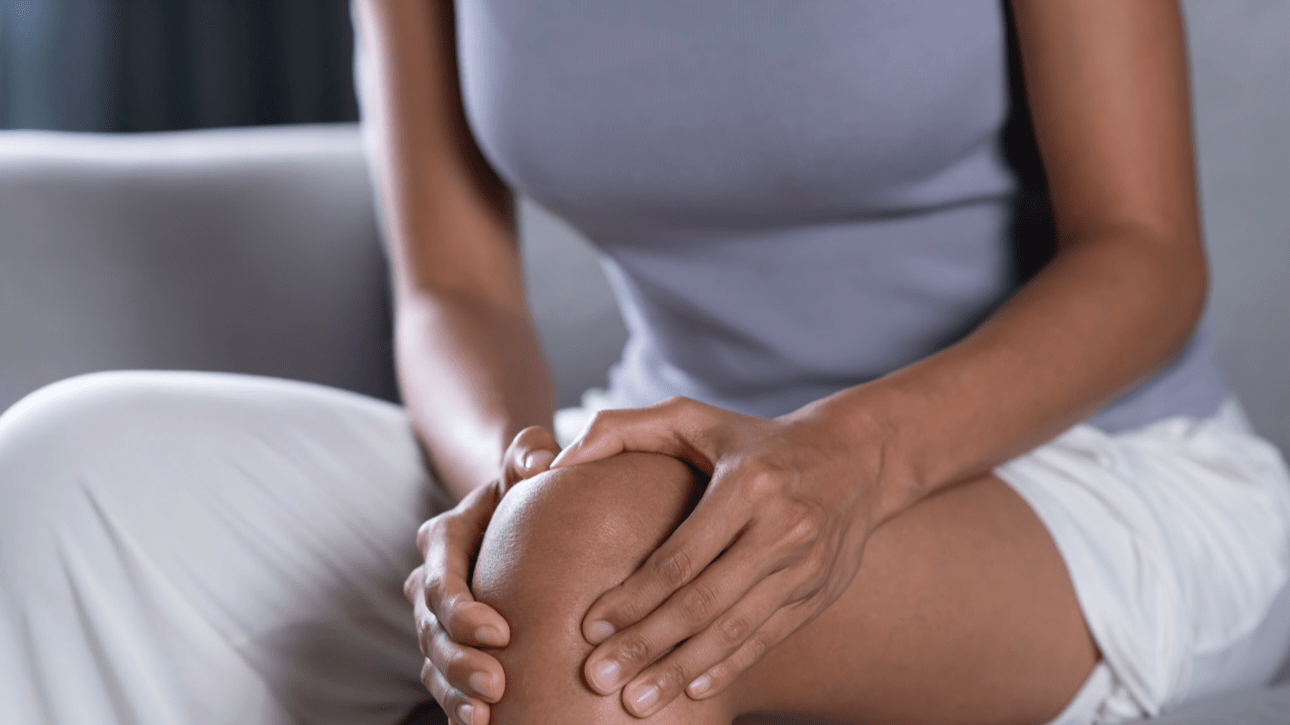Menopause and Joint Pain: Understanding the Connection and Finding Relief
Menopause is a natural phase in a woman’s life that brings about various changes in her body. While most people are aware of the common symptoms associated with menopause, such as hot flashes and mood swings, the connection between menopause and joint pain is often overlooked. Joint pain can significantly impact a woman’s quality of life during this transitional period. In this article, we will delve into the relationship between menopause and joint pain, exploring the causes, symptoms, and potential treatment options to help women navigate this aspect of their menopausal journey.
Understanding Menopause
Menopause is a natural biological process that marks the end of a woman’s reproductive years. It occurs when the ovaries cease to produce eggs and the production of hormones like estrogen and progesterone declines. This hormonal shift can have wide-ranging effects on the body, including the musculoskeletal system, leading to joint pain and discomfort.
The Connection Between Menopause and Joint Pain
During menopause, the decrease in estrogen levels can contribute to joint pain and stiffness. Estrogen plays a crucial role in maintaining joint health by promoting the production of synovial fluid, which lubricates the joints. With declining estrogen levels, the joints may become less lubricated, leading to increased friction and discomfort. Additionally, estrogen deficiency can affect bone density, increasing the risk of conditions like osteoporosis and osteoarthritis, which can further contribute to joint pain.
Symptoms of Menopausal Joint Pain
Menopausal joint pain can manifest in various ways, including stiffness, swelling, tenderness, and decreased range of motion. These symptoms often affect the hands, wrists, knees, hips, and spine. Women may experience joint pain intermittently or consistently, and the severity can vary from mild discomfort to debilitating pain. It is essential to recognize these symptoms and seek appropriate medical advice for diagnosis and treatment.
Managing Menopausal Joint Pain
Fortunately, there are several strategies and treatment options available to manage menopausal joint pain. Lifestyle modifications such as regular exercise, maintaining a healthy weight, and adopting a nutritious diet can help alleviate symptoms. Certain exercises, including low-impact activities and strength training, can improve joint flexibility and strengthen the surrounding muscles. Additionally, incorporating foods rich in omega-3 fatty acids, antioxidants, and calcium can support joint health.
Medical Interventions and Therapies
In some cases, lifestyle changes may not provide sufficient relief, and medical interventions may be necessary. Hormone replacement therapy (HRT) is a common treatment option that involves supplementing the body with estrogen to alleviate menopausal symptoms, including joint pain. However, HRT may not be suitable for everyone, and it is essential to discuss the potential risks and benefits with a healthcare professional. Other medical interventions, such as nonsteroidal anti-inflammatory drugs (NSAIDs), corticosteroid injections, and physical therapy, can also help manage joint pain.
Menopausal joint pain can significantly impact a woman’s daily life and well-being during the transition into menopause. By understanding the connection between menopause and joint pain, women can take proactive steps to manage their symptoms effectively. Whether through lifestyle modifications, alternative therapies, or medical interventions, there are various strategies available to find relief. It is crucial for women experiencing menopausal joint pain to consult with their healthcare providers to determine the most appropriate treatment plan tailored to their individual needs. With proper management, women can navigate menopause with greater comfort and continue to lead active and fulfilling lives.











